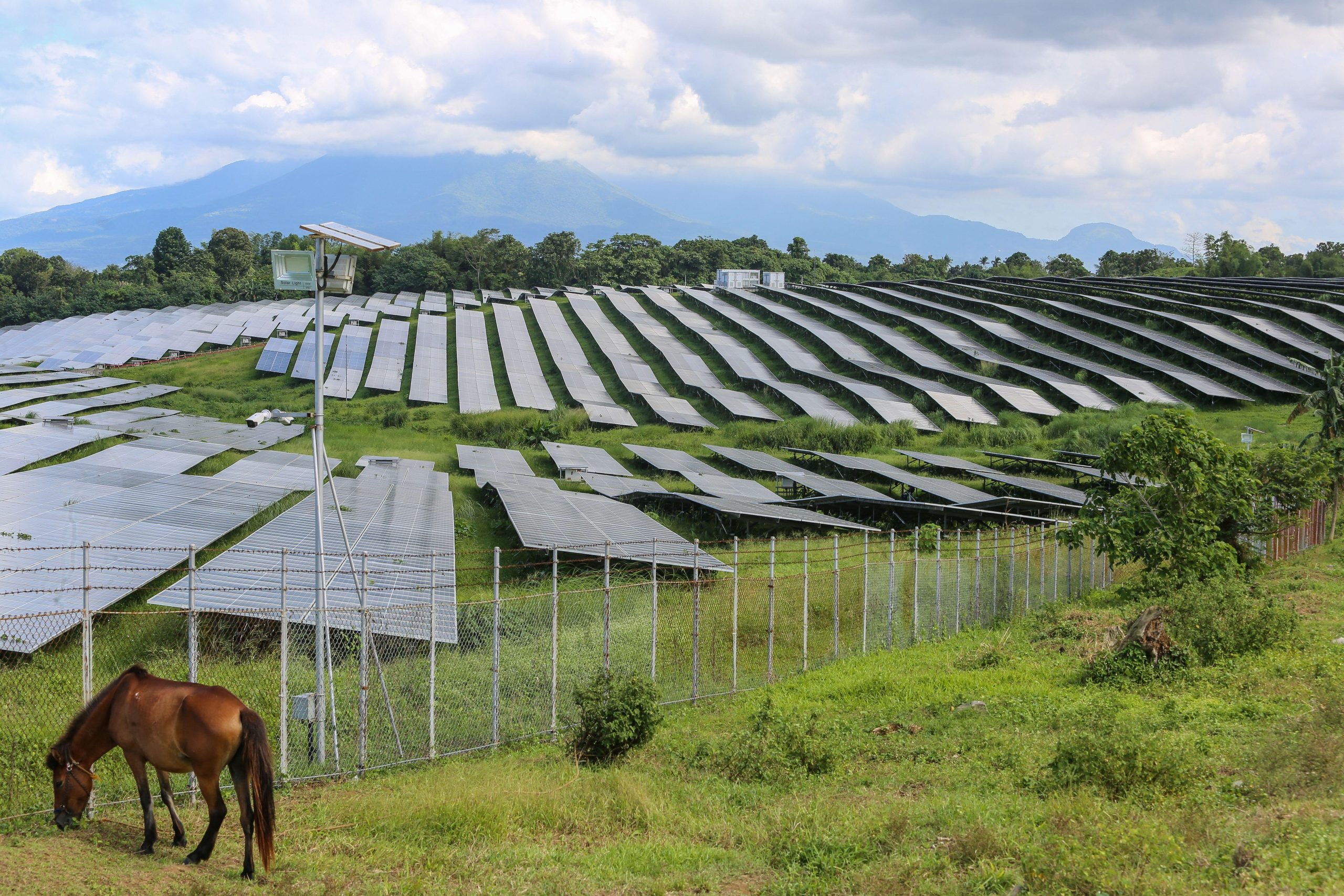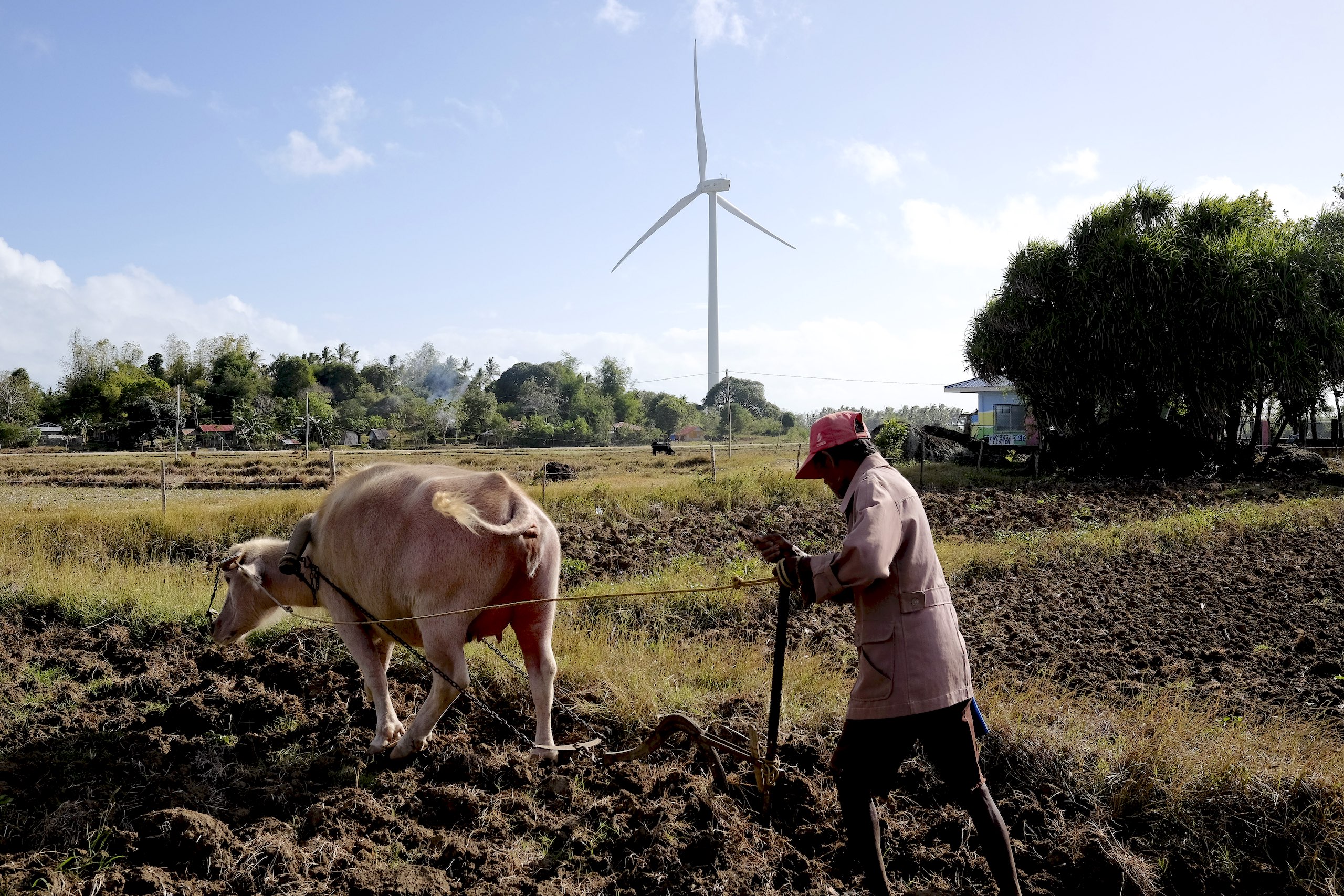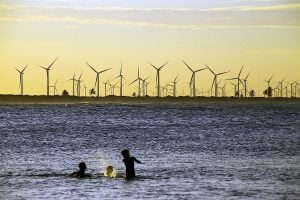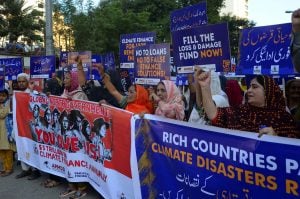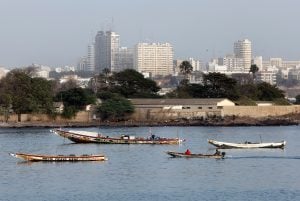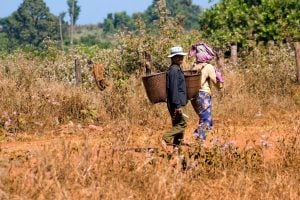In November 2022, the Philippines amended its Renewable Energy Law to allow 100% foreign ownership of renewable energy projects. This policy shift came off the heels of a 41% increase in clean energy investment from 2021 to 2022, which contributed to the Philippines being named the fourth most attractive emerging economy for renewable energy investment, according to researcher BloombergNEF.
Despite this progress, coal remains the dominant player in the energy sector. In 2022, renewable energy accounted for only 29.3% of the energy mix, although the Philippine Energy Plan targets increasing that share to 35% by 2040.
While the government continues to offer incentives to attract foreign renewable energy investment, climate activists and rights groups have expressed concern that the distribution of energy and profits will not be equitable.
Will Filipinos benefit from foreign investment?
The surge in foreign investment raises questions about how this influx of capital will affect ordinary Filipinos, particularly regarding energy accessibility and affordability. Despite the government’s push for foreign investment, there has been limited discussion addressing how these benefits will reach consumers.
To attract foreign investors, the Department of Energy (DOE) has introduced various fiscal incentives, including income tax holidays, duty-free imports and a 0% Value-Added Tax (VAT). Additionally, non-fiscal measures like the Renewable Energy (RE) Portfolio Standards, which require energy providers to source a portion of their supply from renewable sources, and the Green Energy Auction Program, designed to boost renewable energy capacity, have been implemented. According to DOE undersecretary Rowena Cristina Guevara, these efforts helped create 360,000 jobs in 2022, and most foreign investors are currently Dutch, Singaporean and Danish companies.
Concerns about foreign dominance
However, some prominent local figures have raised concerns about full foreign ownership of energy projects. Former Supreme Court justice Antonio Carpio argued that allowing foreign companies to take full control of critical sectors without any form of reciprocity puts Filipinos at a disadvantage. He suggested including reciprocity clauses in contracts to ensure that Filipino companies are granted similar rights in investor countries, as seen in the Public Service Act. “This is fair and equitable to Filipinos and foreign investors alike,” he told the Philippine Daily Enquirer.
Carpio’s views echo long-standing concerns by Filipino nationalist groups who worry that the liberalisation of foreign ownership, particularly in strategic sectors like energy, could erode national sovereignty and leave the Philippines vulnerable to external influence.
Foreign influence over local industries
The debate over foreign ownership also intersects with the Philippines’ complex relationship with major investor countries such as China. In 2023, nine Chinese energy companies pledged USD 14 billion in investments for renewable energy projects in the Philippines, although no further announcements have been made since.
Legislators have been pushing for a change to the Philippines’ constitution to enable increased foreign investment. Under the existing constitution, most sectors maintain a 60%-40% ownership split favouring Filipinos. However, this restriction has been bypassed in certain sectors, including energy, through specific legal provisions – raising questions about whether such constitutional changes are even necessary.
Filipino progressive groups have staged protests against the liberalisation of foreign investment, saying that the way to national development “is not through charter change, but through genuine agrarian reform and national industrialisation”.
Guevara said that foreign investment in renewable energy is “crucial”, telling Dialogue Earth that “it provides additional financing, technical expertise and the latest technologies that are relatively new to the Philippines, such as the development of offshore wind”. She pointed to 27 wind projects with a combined potential capacity of 8.9 gigawatts (GW), five solar projects with a total of 575 megawatts (MW) and one operational 3 MW solar project as key successes.
Guevara sought to assuage concerns about the Philippines’ control over its industries in the face of growing foreign investment, saying that the government “remains resolute in safeguarding national territories while simultaneously prioritising the attraction and expansion of foreign investments”. In the case of China, she noted it “was the top source of foreign investments in the country, with a total of PHP 1.374 trillion [USD 24 billion]”. But Guevara downplayed Chinese dominance in the renewable energy sector, saying that Chinese entities are mainly co-investors in solar and wind projects and do not hold full ownership.
Alberto Dalusung III, energy transition advisor at the NGO Institute for Climate and Sustainable Cities (ICSC), acknowledged that Chinese technologies, particularly in solar and wind, are cost-effective. Yet, he said the Philippines continues to experience energy insecurity due to its reliance on coal, citing frequent forced outages at coal-fired power plants. “These plants are designed to run continuously, but frequent ramping up and down puts strain on the equipment, leading to breakdowns and outages,” he explained.
In 2024, ICSC data showed that the grid experienced red or yellow alerts for 21 out of 31 days in May. Red alerts indicate power supply cannot meet demand, while yellow alerts mean insufficient operating margins to meet grid requirements.
Challenges in renewable energy transition
The Philippines’ renewable energy transition faces significant challenges, including slow infrastructure development and bureaucratic inefficiencies. Dalusung pointed out that applying for local government permits often results in project delays and that some renewable energy plants are curtailed, delivering only half of their capacity due to grid limitations. “For instance, a 10 MW plant may only be allowed to deliver 5 MW because the grid can’t handle more,” he explained.
Financing is another issue, particularly for smaller renewable energy projects with distant grid connections. The variable nature of sources like solar and wind also demands more flexibility, which many island grids currently lack, he added.
Guevara acknowledged these bottlenecks and agreed that smaller renewable energy producers struggle to access financing, as they are viewed as high-risk investments by financial institutions. She suggested that “risk-sharing mechanisms, such as guarantees, could improve confidence in projects and enhance the likelihood of [securing] financial closure.” However, the banking sector struggles to assess the viability of such projects, further complicating efforts to secure financing.
Despite policy shifts, foreign investment has not yet resolved the systemic issues hampering the transition. The Ibon Foundation, a Philippine research group, expressed scepticism about foreign direct investment as a solution for long-term development. It highlighted that the Philippines has more foreign investment today than several large Asian manufacturing countries did in their respective periods of economic take-off, showing that “large amounts of foreign investment is neither necessary nor sufficient for development”. This implies that while foreign ownership might bring capital, it does not automatically resolve the regulatory hurdles hindering the country’s energy transition.
The DOE is attempting to streamline the process through initiatives like the Energy Virtual One-Stop Shop (EVOSS) Act, which aims to centralise and simplify the application process for renewable energy projects. However, it remains unclear whether these reforms will be enough to address the existing bottlenecks.
The promise of renewable energy
Despite these challenges, there is optimism about the potential of renewable energy to transform the Philippines’ energy landscape. Dalusung believes that an increased share of renewables will not only lower electricity costs but also enhance energy security. “We won’t be dependent on volatile imported supplies,” he said, noting that coal-fired electricity in cities like Manila and Davao ranges from PHP 6-8 [USD 0.10-0.14] per kilowatt-hour, whereas solar energy from the last green energy auction was priced at PHP 4.40 [USD 0.07] per kilowatt-hour.
Activists like Alab Mirasol Ayroso, national coordinator for Youth Advocates for Climate Action Philippines, argue that the Just Energy Transition must include marginalised groups. “To have that transition, you have to include communities in the conversation,” she said. Ayroso stressed that addressing rising poverty and energy access is crucial to the renewable energy transition, alongside clear communication on its link to climate change.
Ayroso also raised concerns about foreign ownership, arguing that it often leads to undue influence over local industries and project decisions. “We’ve seen this before when Duterte aligned with China, and now Marcos is aligning more with the United States,” she said, warning that foreign interests could dominate decision-making in future projects.
The climate activist called for greater efforts to ensure that all Filipinos benefit from the energy transition, not just large corporations. “A Just Energy Transition means access to essential utilities, from powering fans to lights and the internet in our homes. All the different things that require us to survive and live,” she said. “Renewable energy should provide solutions to the difficulties Filipinos face in accessing power and [reducing] expensive electricity bills.”
